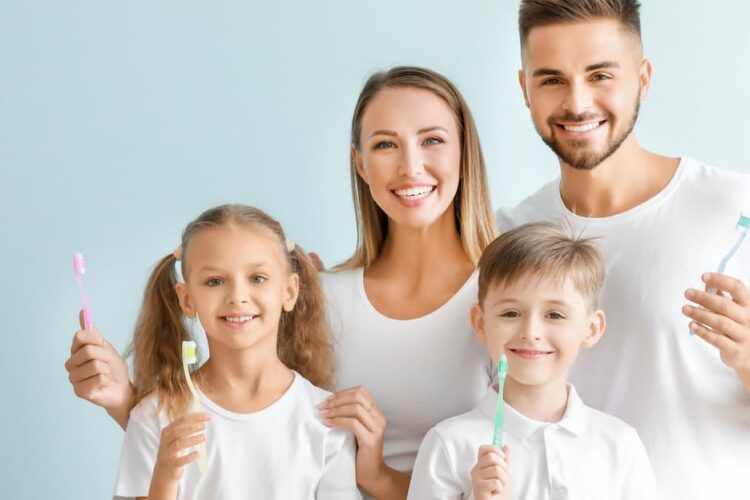Getting your child to make good oral hygiene a habit can feel like a big task. The good thing is you can make it easier for both of you. Start by making toothbrushing fun. Pick colorful toothbrushes and tasty toothpaste. Maybe, even sing a silly song while brushing. This way, it becomes something your child looks forward to, not a fight twice a day. Set a timer to track those two important minutes. You can also explain why brushing matters. Use simple words to show how brushing keeps their smile bright and strong. Visiting the dentist is crucial. So, plan routine visits to the Southside Place dentist to show that dental care is important. Lead by example and let them see you brushing regularly. Encourage them to ask questions and express any worries. They will learn that good habits lead to a healthy mouth and a happy life.
Make Brushing a Family Activity
Children learn by watching. When they see you and older siblings brushing together, it reinforces the importance of oral hygiene. Make brushing a family event in the morning and before bedtime. This not only teaches them the routine but also adds a layer of bonding. Use this time to talk about their day or share stories.
Track Progress and Celebrate Wins
Kids love rewards. You can use a sticker chart to track their brushing routine. Every time they brush effectively, let them place a sticker on the chart. Once they reach a certain number of stickers, celebrate this achievement. It can be a favorite outing or extra storytime at night. This reward system provides motivation.
Use Educational Tools
Utilize videos and books designed for children to explain dental care. These resources can simplify complex ideas like plaque and cavities. The American Dental Association offers free resources that can help. These tools visualize concepts and spark interest. Kids become more aware of why they need to brush their teeth.
Choose the Right Products
Picking the right toothbrush and toothpaste is crucial. Children’s toothbrushes are softer and smaller, making them easy to handle. The right toothpaste flavor can make brushing less of a chore. Fluoride toothpaste helps prevent decay. Always supervise them to ensure they use the right amount of toothpaste.
Create a Routine
A consistent routine forms habits. Set specific times for brushing and stick to them. A routine becomes second nature and less of a task. Use reminders if necessary, like a fun alarm or a visual chart that shows the steps of the routine.
Understanding the Importance of Visits to the Dentist
Regular dental check-ups are a must. They help spot issues early. Schedule appointments every six months. A positive visit to the dentist can leave a lasting impression. Dentists often give children small prizes for good behavior, which makes visits something they anticipate positively.
Table: Brushing Habits by Age Group
| Age Group | Recommended Practices |
|---|---|
| Toddlers (1-3 years) | Use a small, soft-bristled toothbrush and water. Introduce toothpaste at age 2. |
| Preschoolers (3-5 years) | Use pea-sized fluoride toothpaste. Supervise until they can rinse and spit. |
| School Age (6-12 years) | Encourage independent brushing but check technique. Floss daily. |
Addressing Common Concerns
Children may express fears about brushing or visiting the dentist. Listen to these concerns. Provide reassurance. If they dislike the taste of toothpaste, try another flavor. If the noise of the toothbrush bothers them, explore quieter options. Understanding their worries helps overcome them.
Final Thoughts
Developing good oral hygiene habits in children is possible. Your support and consistency are key. By making it enjoyable and educational, you teach them a lifelong skill. Remember, a healthy smile is a happy smile.

